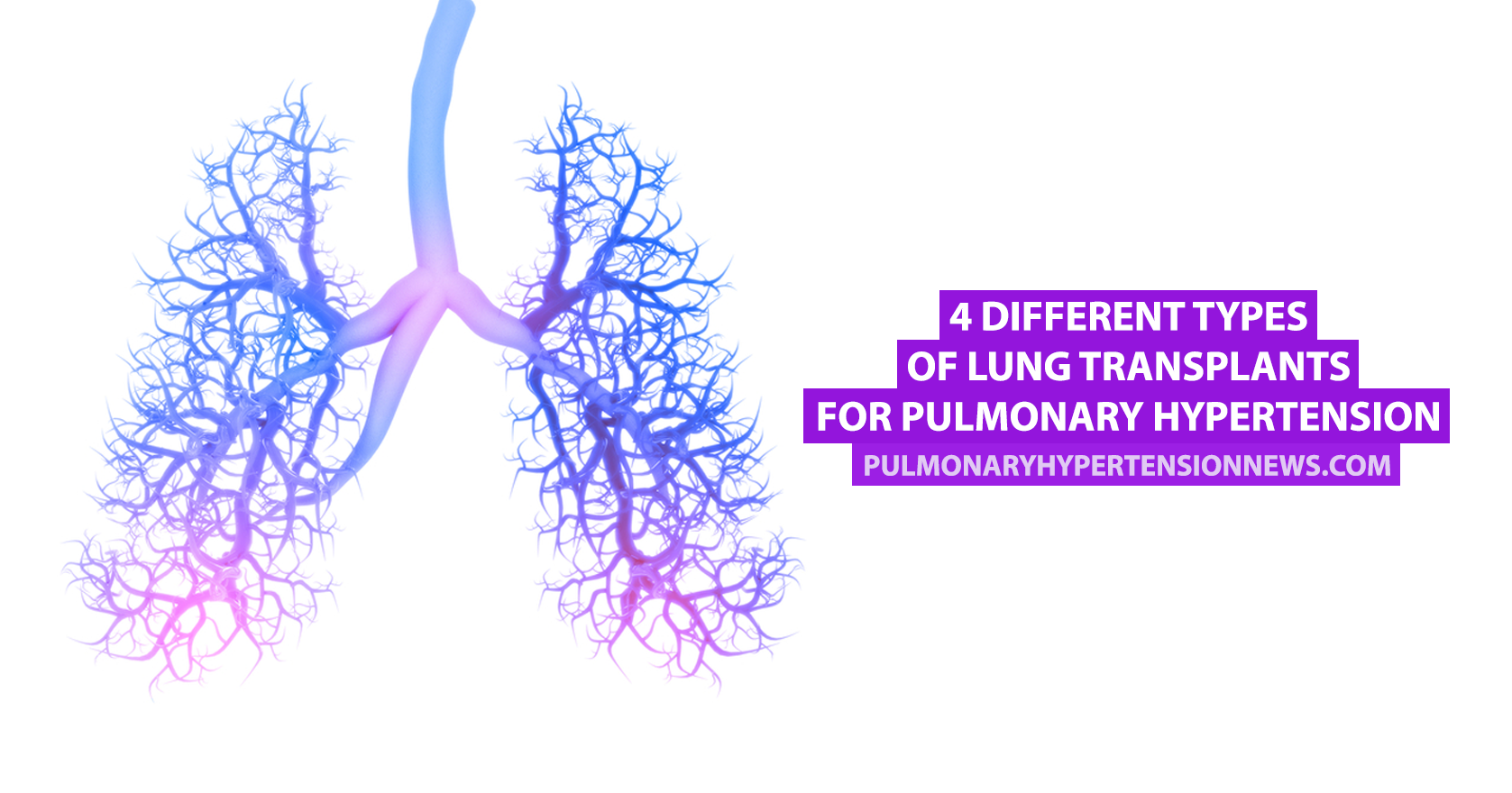4 Different Types of Lung Transplants for Pulmonary Hypertension

Lung transplant is usually considered the last option for those with pulmonary hypertension, but if a patient fails to respond to medications, they may be eligible for the procedure. Viable lungs usually come from either patients with no brain function or those who have recently deceased (cadaver).
According to the Pulmonary Hypertension Association, there are four different types of lung transplant procedures:
Single Lung Transplant
A single lung transplant procedure takes around four to eight hours. Surgeons will make an incision under the shoulder blade, running down the chest to remove the original lung and insert the new one. In most cases, the most damaged lung will be the one replaced.
Double Lung Transplant
A double lung transplant (or bilateral lung transplant) is becoming more common. According to sciencedaily.com, the patient has a better prognosis than with a single lung transplant. Bilateral lung transplant surgeons will make the incision across the chest, underneath the breasts, running from one armpit to the other. The procedure usually takes between six and 12 hours.
MORE: What to know about pulmonary hypertension and lung transplants.
Lobar Lung Transplant
Lobar lung transplants are transplants from living donors. They are generally carried out on pediatric patients who are not expected to survive long enough for a lung donor to become available. The bottom lobes of the lung are transplanted from two different donors (usually relatives) to the recipient. Three procedures need to be performed simultaneously — the removal of the lobes from the two donors and the insertion of the lobes for the child.
Heart-Lung Transplant
For some pulmonary hypertension patients who also have right heart failure, the only option is for a lung and heart transplant. In these instances, the heart is replaced with a donor’s heart and the lung transplant can be either single, double or lobar. (Source: emedicinehealth.com)
MORE: PH patient waiting for a lung transplant shares her story.
Pulmonary Hypertension News is strictly a news and information website about the disease. It does not provide medical advice, diagnosis or treatment. This content is not intended to be a substitute for professional medical advice, diagnosis, or treatment. Always seek the advice of your physician or another qualified health provider with any questions you may have regarding a medical condition. Never disregard professional medical advice or delay in seeking it because of something you have read on this website.







